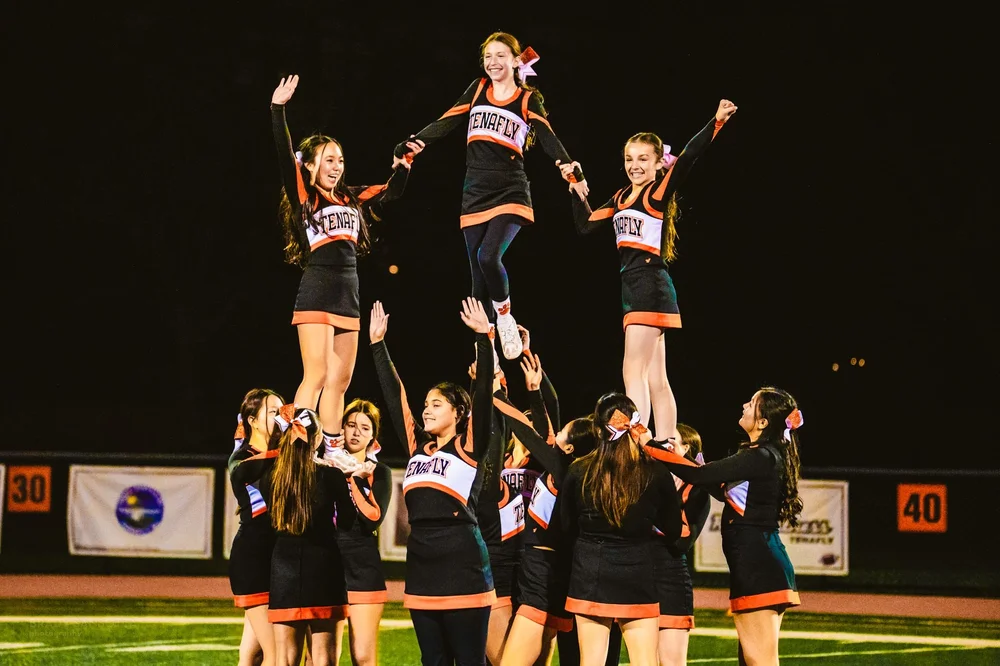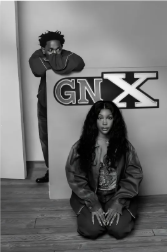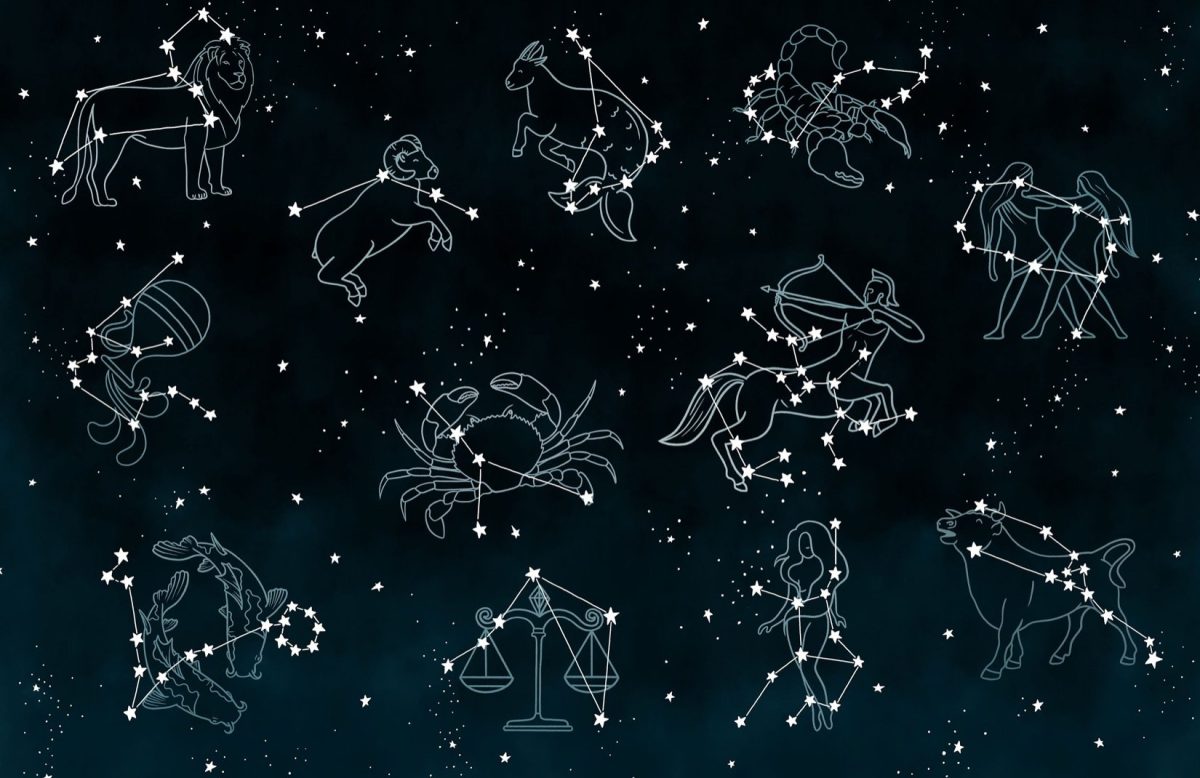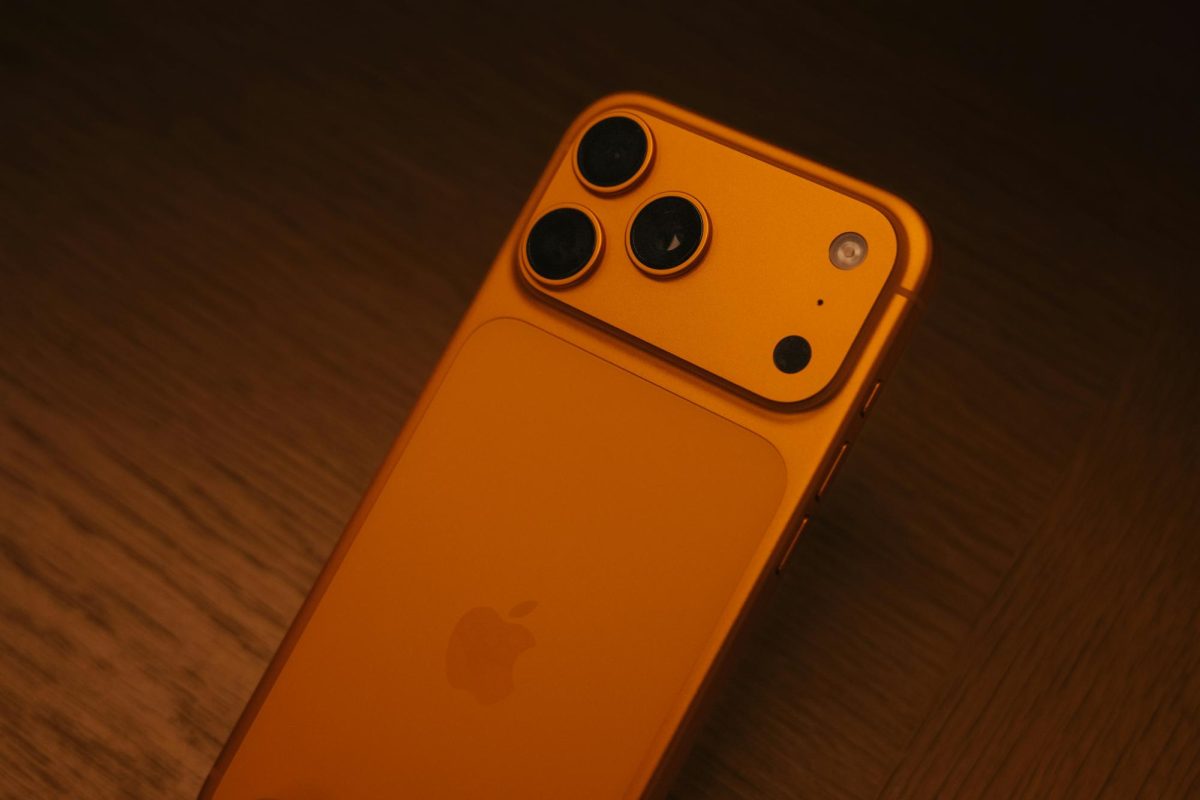
Ever since July 21, 2023 the film Barbie, directed by Greta Gerwig and Margot Robbie, has exceeded all expectations. [Spoiler Alert] For those of you who haven’t seen the record-breaking movie, the plot tells the story of Barbie and her sort-of boyfriend Ken, who get the opportunity to venture into the real world. However, they find out how the real world is not so perfect, unlike Barbie World. Sports Engine says that Barbie has “helped change perceptions and encourage inclusivity, and diversity challenged gender stereotypes and embraced an active lifestyle.” The big question is: why is Barbie so popular? Moreover, why has Barbie embodied a cultural significance and symbolism all around the world?
Originally, Barbie was created by Ruth Handler in 1959, the cofounder of Mattel along with her husband. They sold 300,000 dolls within its first year. According to History, Barbie was the “first mass produced toy doll in the U.S with adult features.”
Along with the doll’s rise in popularity came a rise in controversy regarding the toy itself. Barbie was beginning to be looked upon as a representation of feminine roles and duties instead of a toy as it was meant to be. Critics also called Barbie “sexually provocative” due to her “heavily lined eyes, red lips, and over-accentuated female form.”
But, according to a study conducted in 2015, scientists observed and researched how Barbie had impacted undergraduate girls’ “family characteristics, satisfaction with their own appearance, and eating behaviors,” and found that “neither age of acquisition nor number of Barbies owned had a significant impact on self-evaluations of appearance or on dieting behavior.”
A study conducted in 2016 showed the opposite with a younger age group. This time ,scientists asked six-year-old to eight-year-old girls instead of young women, and the results showed that “girls who played with full-figured dolls showed less body dissatisfaction after doll exposure compared to girls who played with thin dolls.”
Acknowledging these controversial thoughts and studies, Mattel created many versions of Barbie. For example, different appearances, genders, and jobs.
But the big question still remains: Why has Barbie taken on a symbolic role all throughout society even with these controversies?
In the movie, Barbie is trying to figure out what her goals are in life. Should she be focusing mainly on her looks, marrying Ken, or not getting married at all? According to Desert News, despite the burdens on the delicate doll’s shoulders, she manages to break through and realize her purpose in life after a strenuous journey between two different worlds. By the end of her journey, she realizes that she could be anyone she wants to be because everyone is different in their own way.
In a 2003 essay by Lenore Wright, she described how the viewers began to see Barbie as a symbol of female empowerment because she doesn’t need any man to hold her back from accomplishing her goals and dreams. And, in The Atlantic, Sophie Gilbert explains how other viewers also saw Barbie as not just a symbol but as an example of the attitude women should aspire to have.
Overall, throughout the span of more than 70 years, the perception of Barbie has changed drastically from a doll that had been promoting negative stereotypes to a feminist and a global icon. So, what’s your opinion? Do you think Barbie has become a positive influence on women, or someone who sets unrealistic expectations for young girls?











































































































































